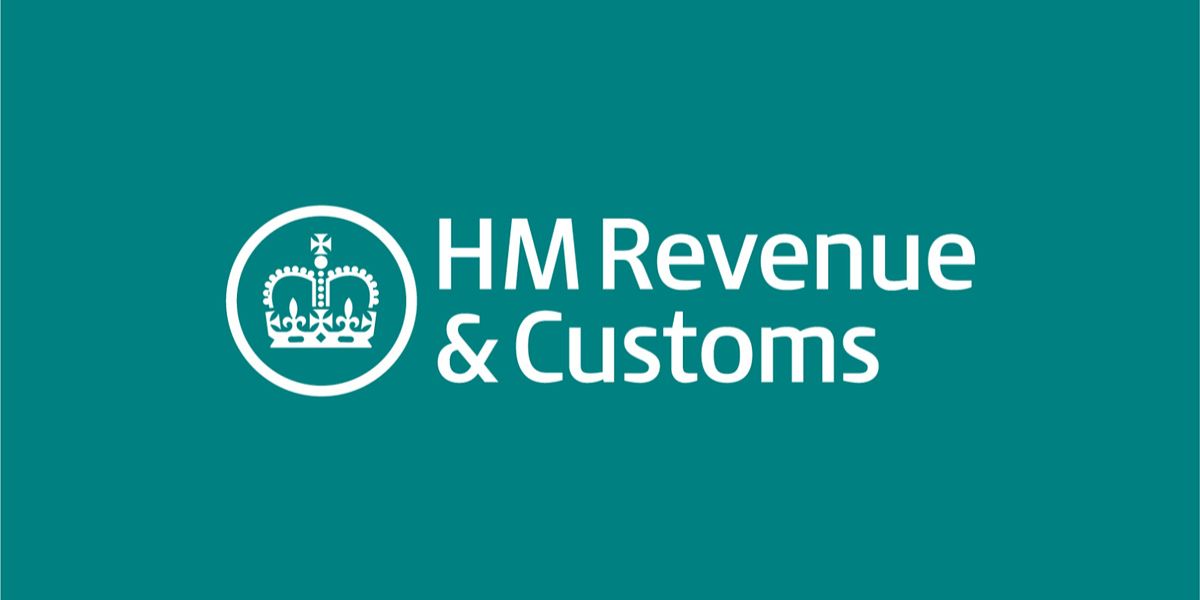On 4 August 2017 HMRC issued for public consultation updated draft guidance in relation to the corporate interest restriction rules to be included in the Finance Bill (No 2) 2017. The latest draft guidance amends and updates the initial draft guidance that was issued on 31 March 2017 and takes into account technical changes made and included in amended clauses published on 13 July 2017. Comments on the updated draft guidance are invited by 31 October 2017.
The corporate interest restriction generally follows the recommendations of the report on action 4 of the OECD project on base erosion and profit shifting (BEPS). The rules aim to restrict tax deductions made by a group in relation to interest expense and other financing costs. The deductible amount will be restricted to an amount commensurate with the group’s taxable activities in the UK. To arrive at that amount the rules take into account the amount the group borrows from third parties. The rules are to apply for periods beginning on or after 1 April 2017.
The rules apply to all groups within the charge to UK corporation tax but the restriction will not apply to groups with less than GBP 2 million of net interest expense and other financing costs per annum. Those groups will not be subject to any reporting requirements but should perform appropriate calculations to ensure the restriction does not apply to them.
For all other groups tax deductions for interest expense will be restricted to the group’s net third party interest expense, or the part of that expense that is proportionate to the taxable earnings before interest, tax, depreciation and amortisation (tax-EBITDA) in the UK. The rules will be applied after transfer pricing adjustments and adjustments for anti-hybrid rules but before the loss restriction rules are applied.
The default method for calculating the restriction is the fixed-ratio method. This applies two main limits on the interest deduction for tax purposes. The first restriction is by reference to a fixed ratio of 30% of the tax-EBITDA of companies within the group that are within the charge to UK corporation tax. The tax-EBITDA and the interest would be computed by reference to the amounts taken into account for UK corporation tax.
The second restriction is a debt cap that limits the net interest deduction to a measure of the worldwide group’s net external interest or economically similar expenses.
An alternative method for calculating the interest restriction called the group ratio method may be applied. Under this method the net tax deduction for interest is restricted by applying the group ratio to the tax-EBITDA. The group ratio is effectively the ratio of group interest to group EBITDA, measured on the basis of the consolidated accounts of the group. Under this method there is also a debt cap applicable based on the measure of the group interest expense used in calculating the group ratio.
Interest that exceeds the limit and is therefore disallowed in a particular year can be carried forward indefinitely. This interest can be used in a subsequent period if there is sufficient interest allowance available. Unused interest allowance may be carried forward for up to five years.
Optional alternative rules apply to the application of the restriction to public infrastructure assets. There are also some special provisions in relation to certain types of company and types of transaction.














